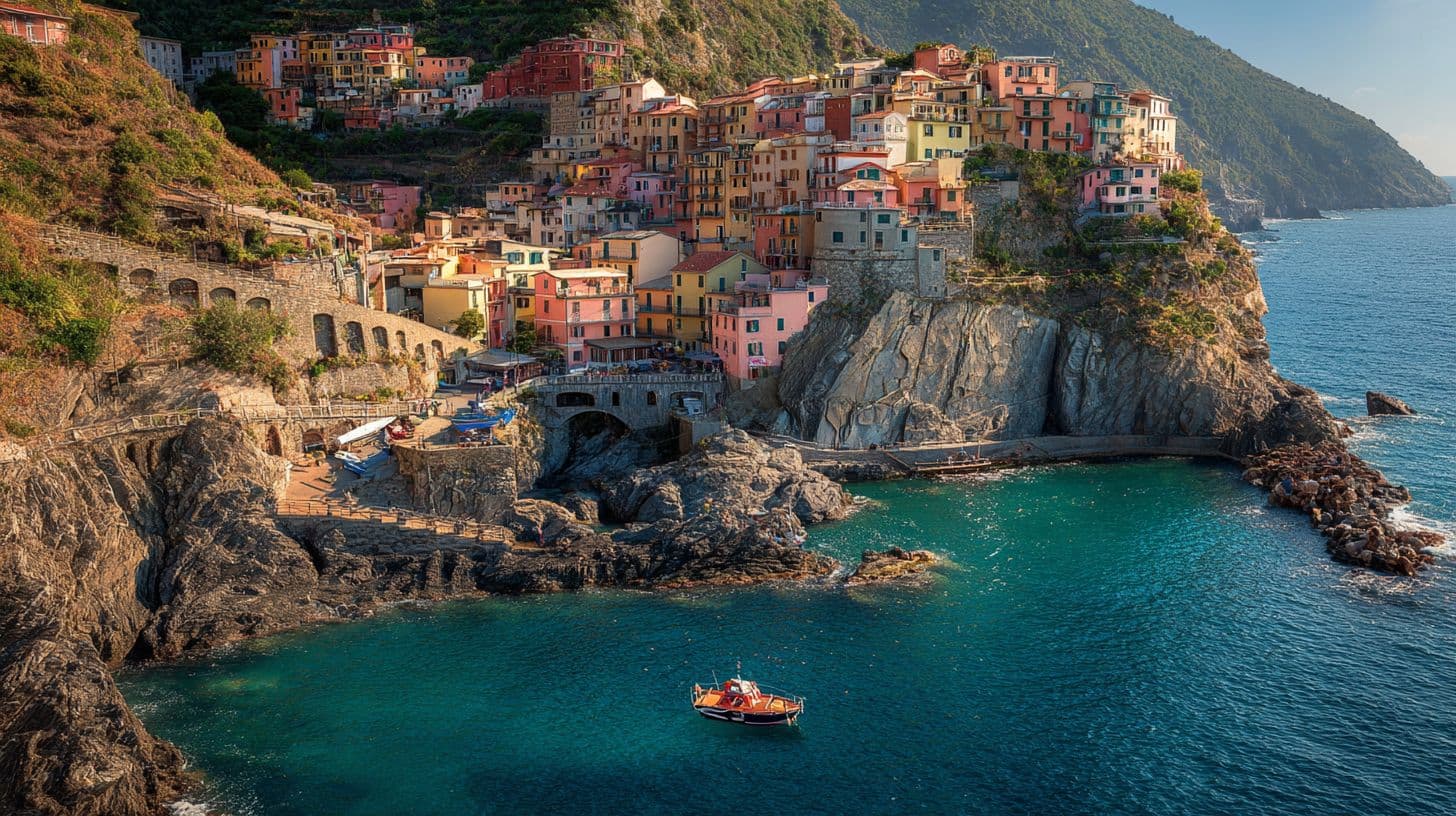Italy is more than a destination—it’s a feeling. The cobblestone streets that echo with footsteps of the past, the cathedrals that whisper stories of faith and art, and the rolling countryside that seems to move in slow, delicious rhythm. But if there’s one thing that ties the soul of Italy together, it’s the food.
From the hearty polenta of the north to the fiery pepperoncini of the south, every region in Italy tells its own story through flavor. It’s not just about eating—it’s about traveling through time and geography in a single meal.
Eat Like a Local: Regional Highlights Across Italy
Every Italian town seems to have its own culinary pride—and rightly so. To taste Italy properly, you must journey with your fork as much as your feet.
- In Naples, the birthplace of pizza, a true Neapolitan Margherita is a spiritual experience: soft, charred dough with just a kiss of San Marzano tomatoes, mozzarella di bufala, and fresh basil. It’s as sacred as the cathedral down the street.
- In Bologna, the rich ragù alla Bolognese is a symphony of slow-cooked beef, tomato, wine, and time—served with flat tagliatelle, never spaghetti.
- In Sicily, arancini—crispy, golden rice balls—hide molten hearts of ragù, mozzarella, or pistachio cream. Sweet, savory, and sun-drenched like the island itself.
Italian food isn’t flashy. It’s not smothered in sauce or over-spiced. It whispers instead of shouts. And it always honors the past.
Ancient Roots, Timeless Taste
Italian cuisine didn’t appear from nowhere. Much of what we enjoy today was shaped by centuries of trade, war, migration, and ingenuity. The Romans, for instance, loved fermented fish sauce (garum), honey-sweetened wines, and roasted meats cooked over flame—techniques that still influence modern Italian grilling.
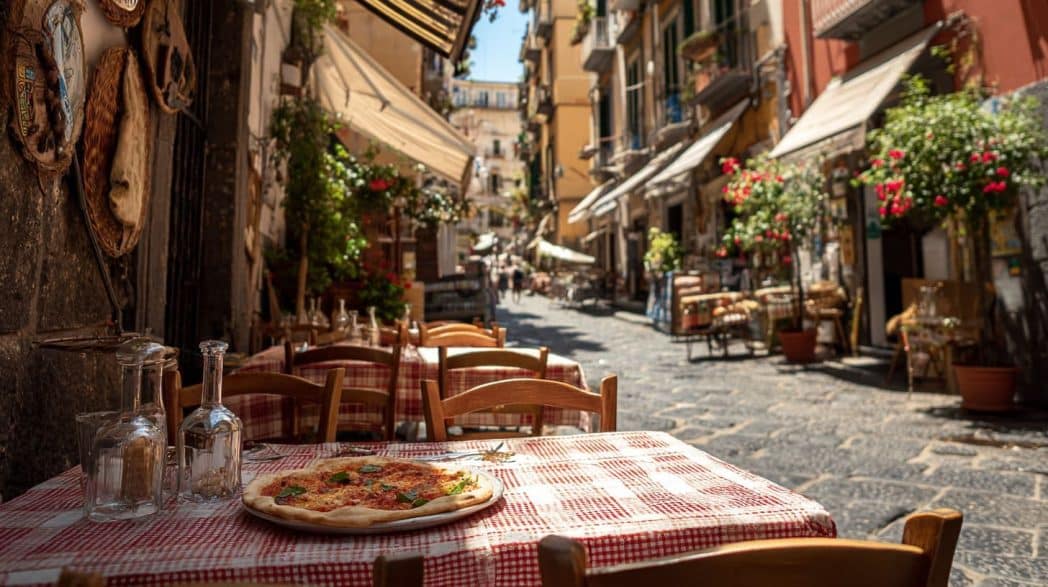
In fact, Italian kitchens still carry echoes of ancient flavors. Olive oil, grapes, grains, legumes—they’ve fed Italy since antiquity. And regionality has always been key. What grew in Puglia didn’t exist in Piemonte. What the sea provided in Liguria was foreign to those nestled in the Dolomites.
This rootedness in land and tradition is one of the reasons why Italy’s cuisine has endured with such strength. It evolves, yes, but never forgets where it came from.
From Prehistoric Times to Modern Plates
Food in Italy is about connection: to land, to family, and to memory.
Every nonna stirring her Sunday sauce isn’t just cooking—she’s telling a story. One passed down through generations, often unwritten, always sacred. One that says, “This is who we are.”
But even Italians love to play with food sometimes—especially when family is involved. That’s where food becomes a bridge between past and future, tradition and joy.
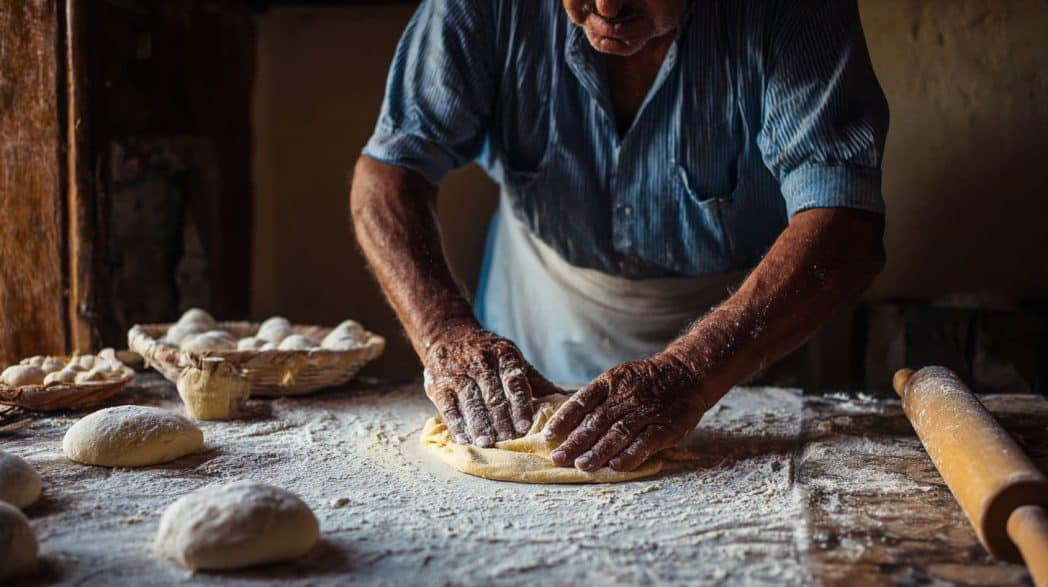
Italy’s culinary roots run deep—but if you go back far enough, everyone’s roots do. Long before pasta was perfected or olive oil was pressed, prehistoric humans were already gathering, roasting, and sharing food. Meals weren’t just about survival; they were one of the first ways early humans built community.
In many parts of rural Italy, you’ll still find dishes and cooking techniques that echo these ancient rhythms: roasting over open fire, preserving with salt and smoke, baking in stone ovens. The connection between food and nature has always been sacred.
And while Italian cuisine has evolved far beyond the hunter-gatherer days, there’s something delightfully human about recreating that primal joy—especially when cooking for children. It’s inspiring to see how even a prehistoric concept can inspire a celebration of creativity and flavor, blending fun, food, and storytelling in the kitchen. After all, the act of preparing and sharing a meal is one of the oldest traditions known to humankind—and still one of the most joyful.
In fact, it’s not hard to imagine an Italian twist on such a party—perhaps “Prehistoric Pesto Pasta Fossils” or “Jurassic Gelato Bones”. Because whether you’re in Rome or hosting a themed event in your backyard, the same truth applies: food is celebration.
From Farm to Table, Literally
Italian cuisine is deeply seasonal. You’ll never find strawberries in December or porcini in May—not unless they’re frozen. Markets across Italy offer what the land is giving right now, and menus change accordingly.

Travelers in Italy should absolutely embrace this. Skip the tourist menus. Visit the mercati locali (local markets), taste a sun-warmed fig, sample local cheese still wrapped in leaves. Ask vendors what’s fresh. Trust the recommendations of waiters in small trattorias.
In Tuscany, fall means wild boar stew. In the Veneto, spring welcomes white asparagus. On the Amalfi Coast, summer is all about lemons—from sweet liquors to savory seafood marinades.
This isn’t a trend. It’s a way of life.
Dining in Italy: Tips for Travelers
To fully enjoy Italy’s culinary culture, keep these in mind:
- Slow Down: Dinner is an experience, not a transaction. Meals can last two or three hours—and that’s a good thing.
- Pace Yourself: Italian meals often include antipasto (starter), primo (pasta or rice), secondo (main dish), contorno (side), and dolce (dessert). Don’t rush to the end.
- Drink Locally: Every region has its wine. Try them. Ask. Enjoy. And don’t forget to try aperitivi like Spritz, Negroni, or the humble yet potent grappa.
- Embrace Simplicity: Some of the best dishes have five ingredients or fewer. Simplicity is not lack—it’s mastery.
Beyond the Plate: Food as Cultural Identity
Italian food isn’t just something to taste. It’s a philosophy. A conversation. A way to express love, heritage, and belonging.
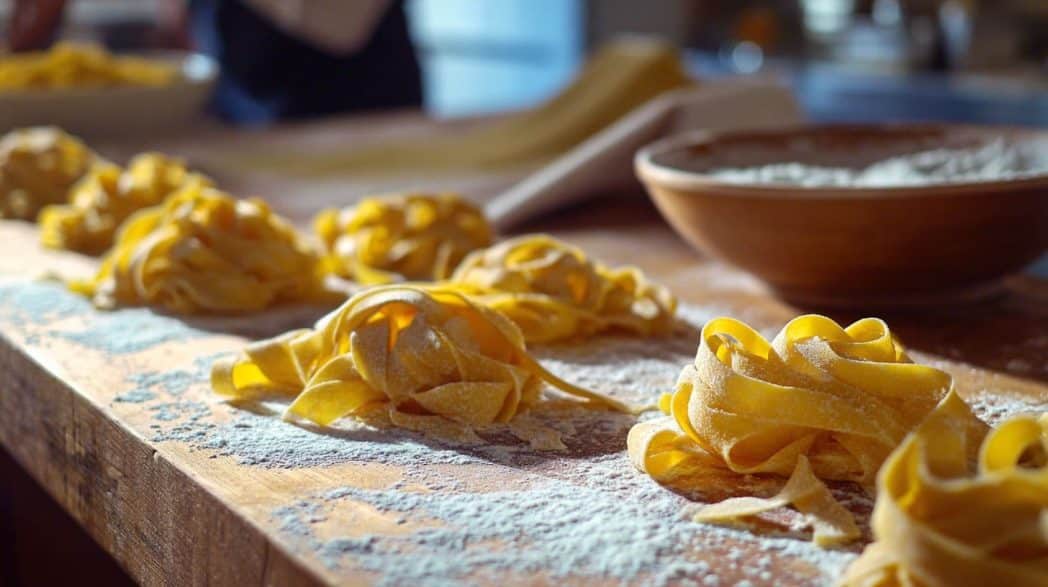
Traveling through Italy isn’t complete without learning to make something with your hands—whether it’s fresh pasta in Bologna, cannoli in Palermo, or wood-fired pizza in Naples. These moments connect you to something larger than yourself.
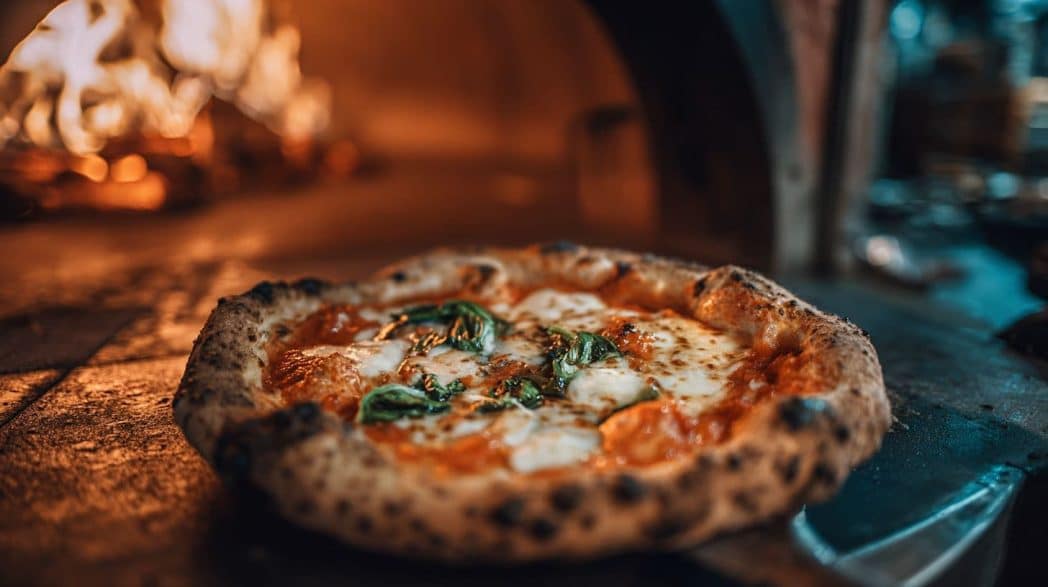
You’re not just a tourist. You’re part of a story that’s been simmering for centuries.
Final Course: Eat, Explore, Repeat
Italy teaches you not just how to eat, but how to live. With intention. With reverence. With joy.
So whether you’re tasting truffle pasta in Umbria, dipping biscotti in sweet Vin Santo, or simply enjoying an espresso at a street-side café, remember: every bite is an invitation to slow down and savor. To travel with all your senses. To feel the ancient heartbeat of a land that knows how to nourish body and soul.
And whether you’re preparing a centuries-old risotto or hosting a dinosaur-themed feast for your kids, don’t be afraid to get creative in the kitchen. Because food—like travel—is one of the greatest adventures we’ll ever have.
